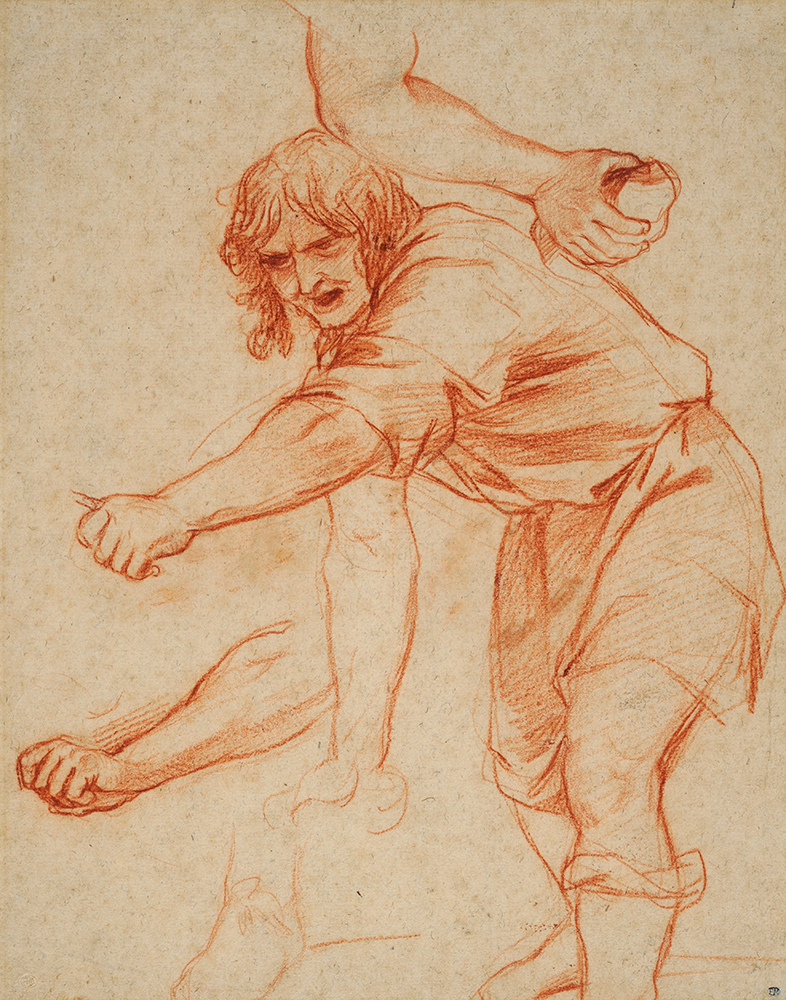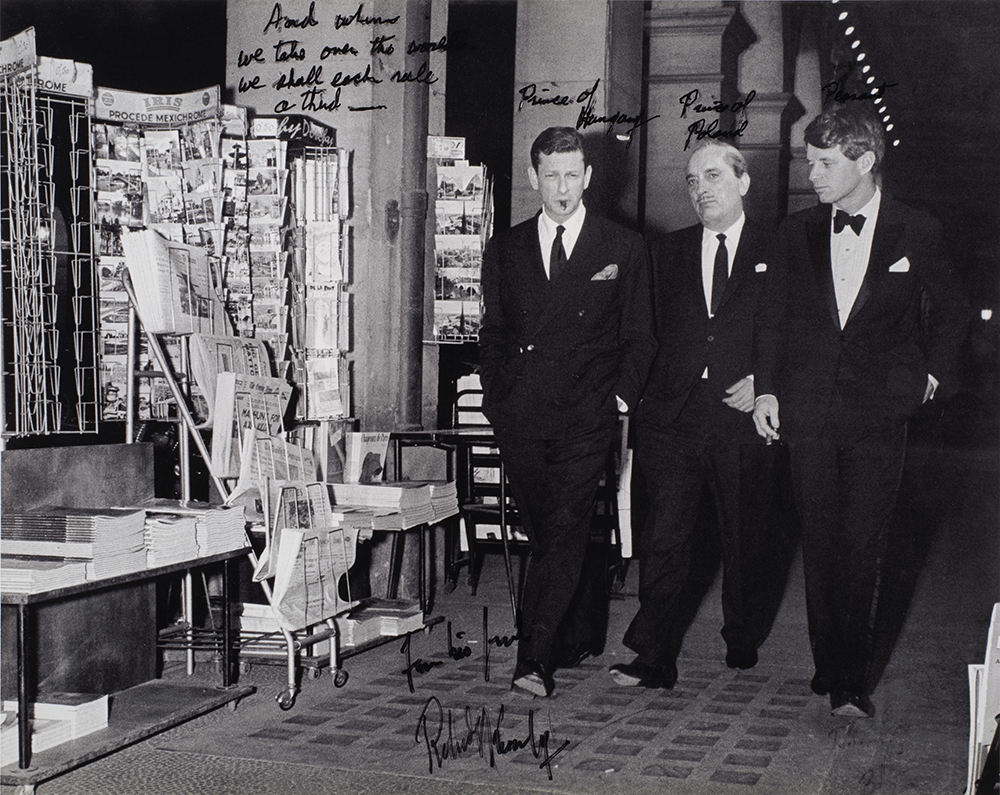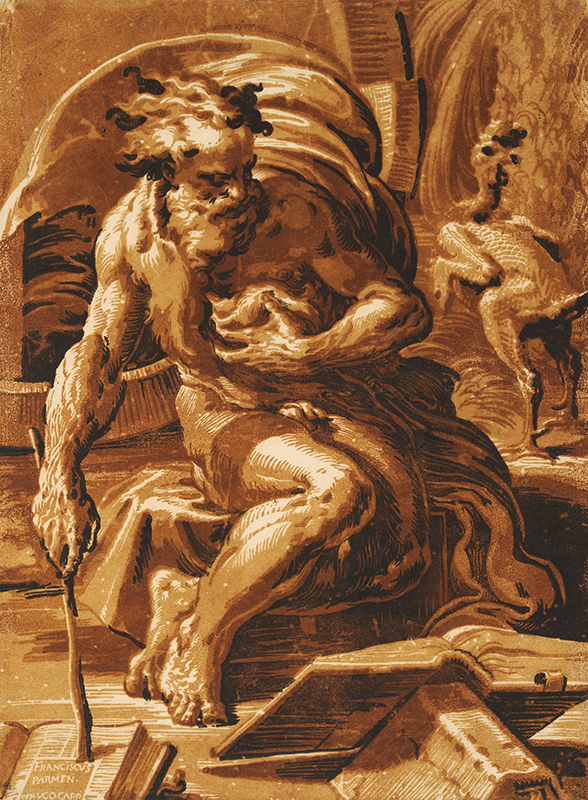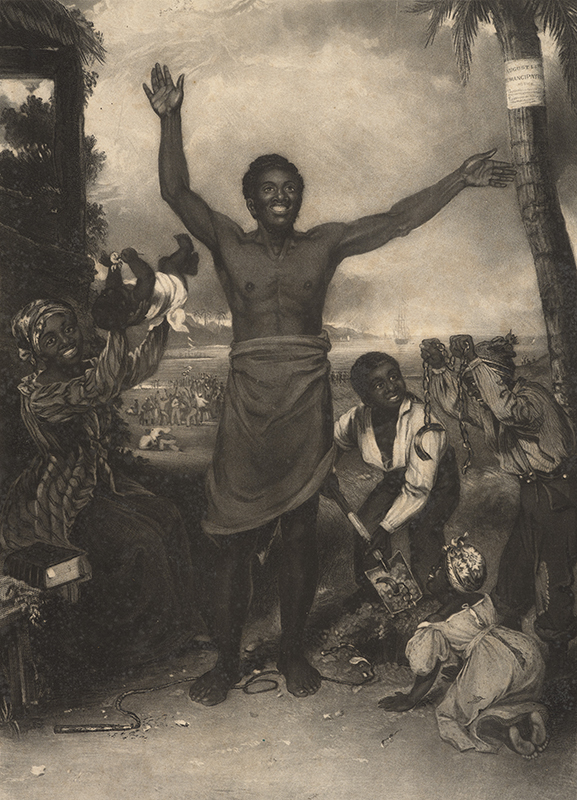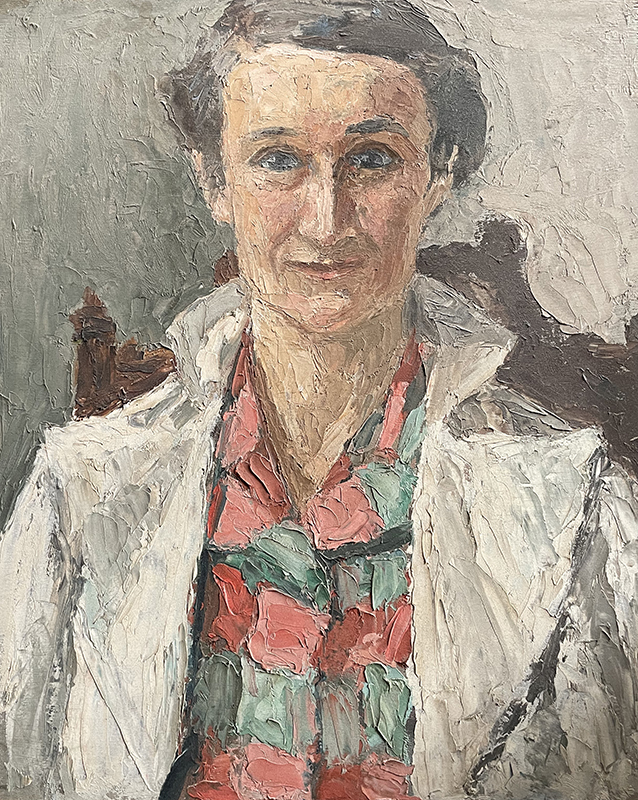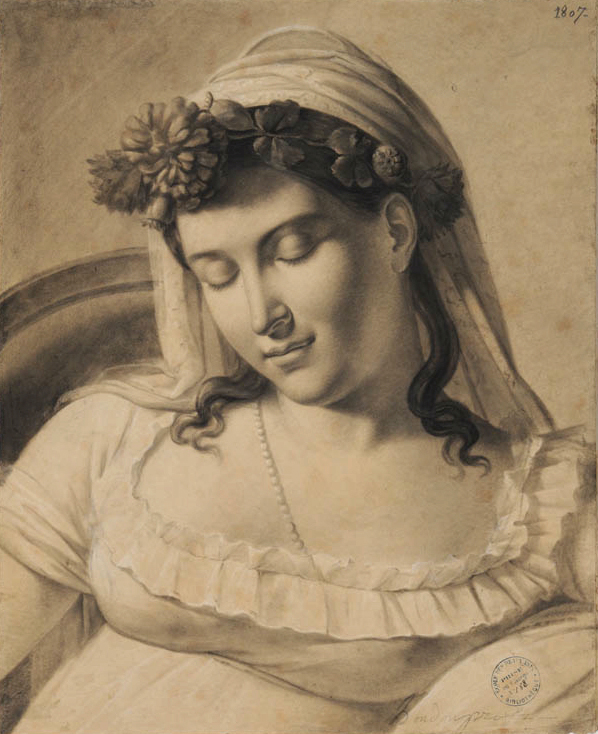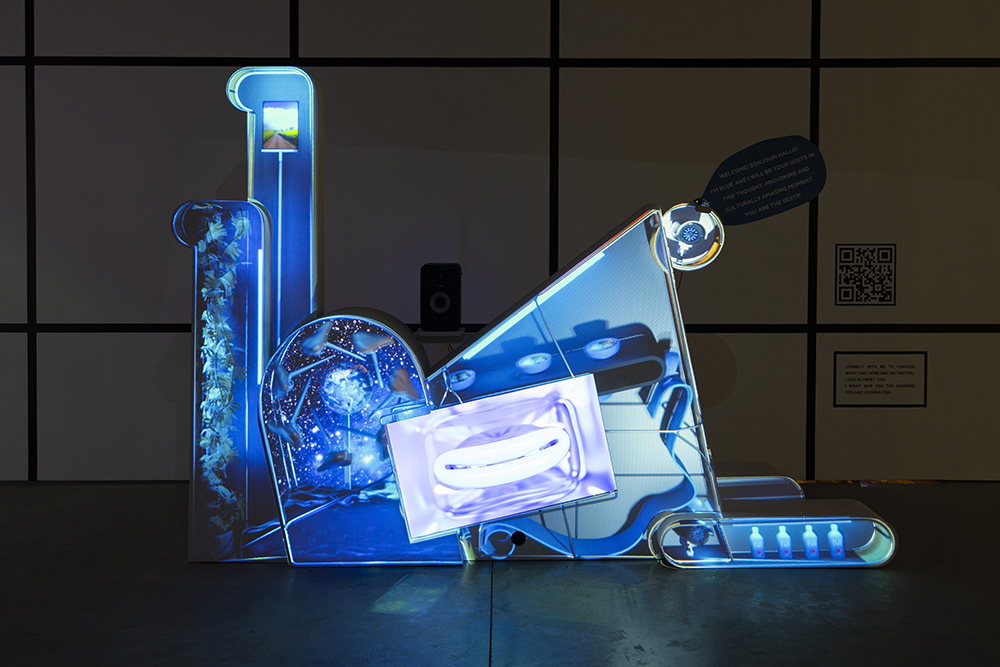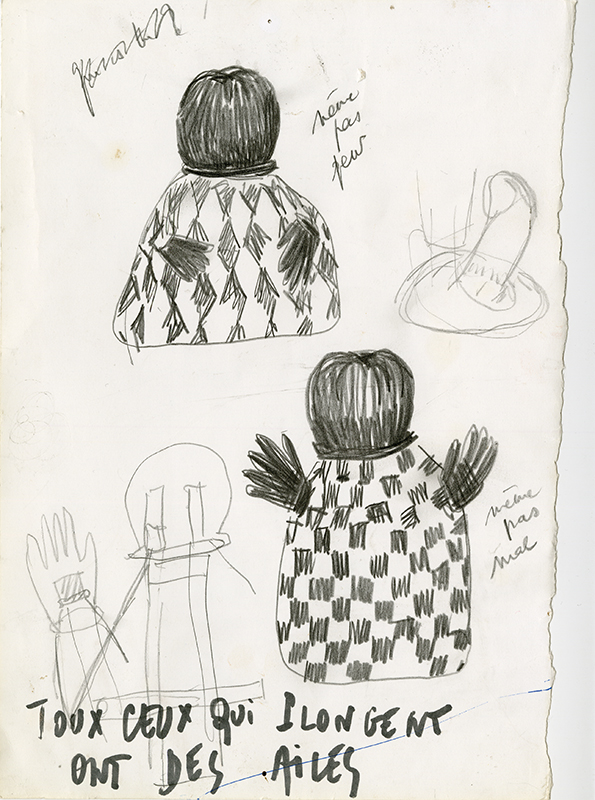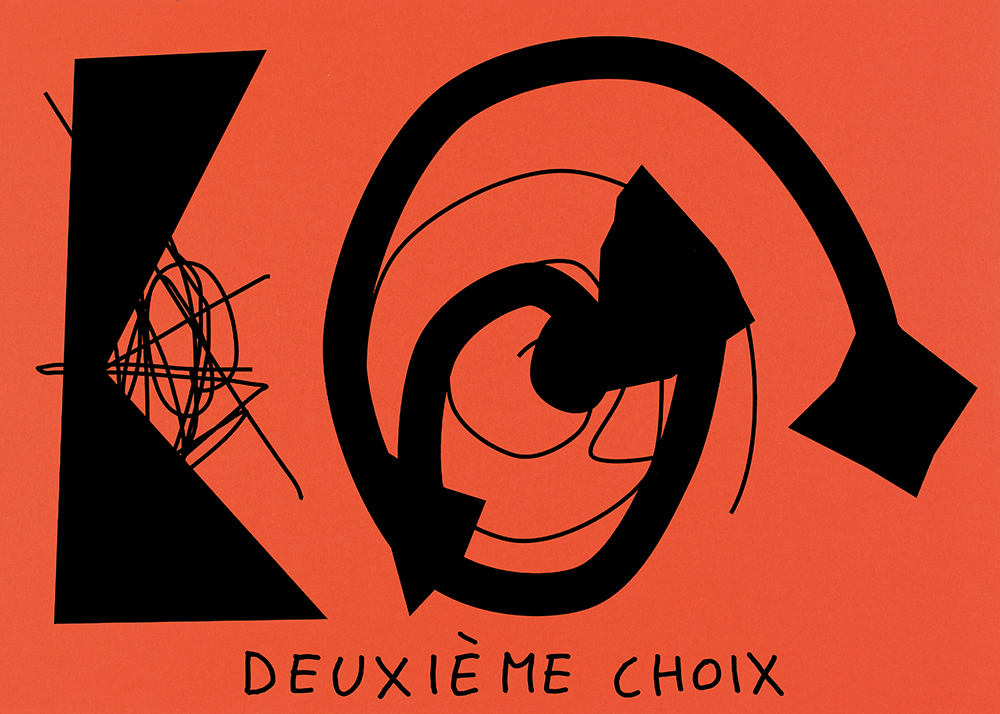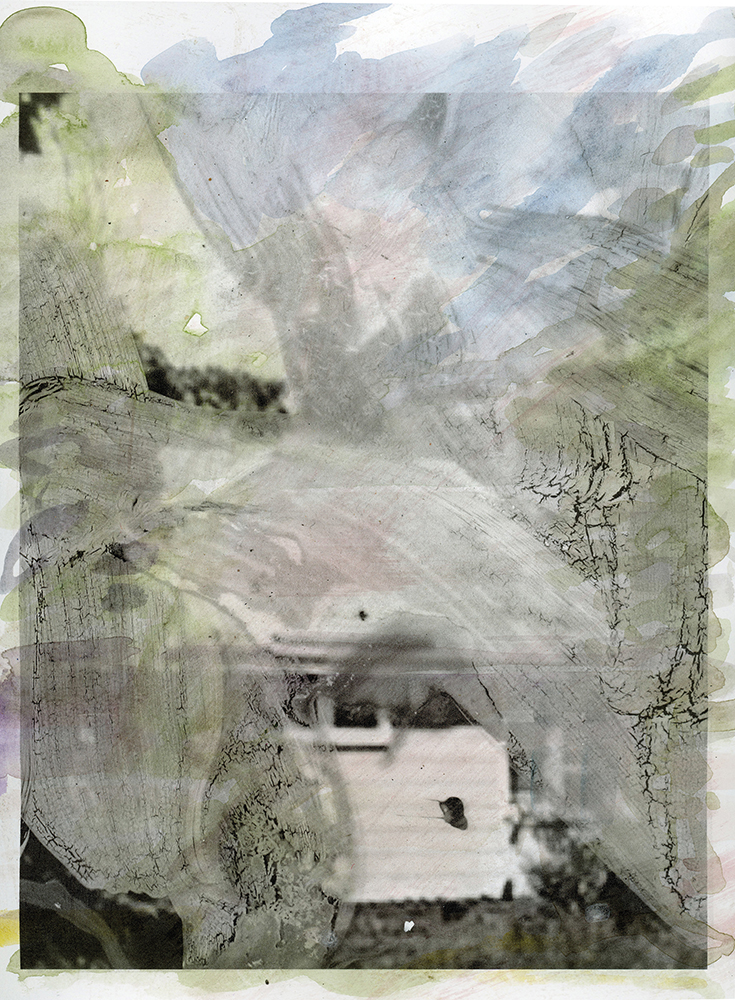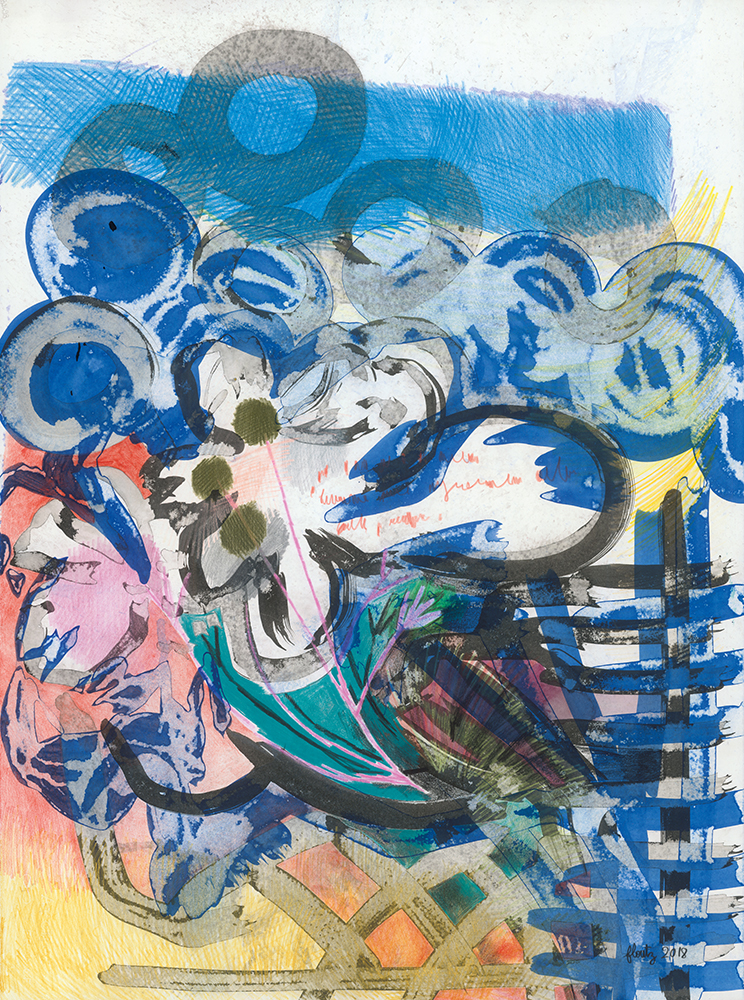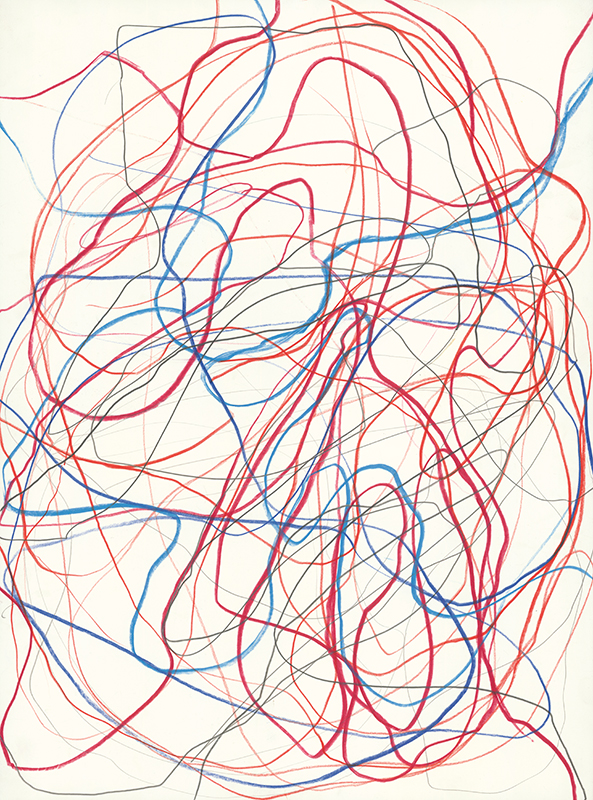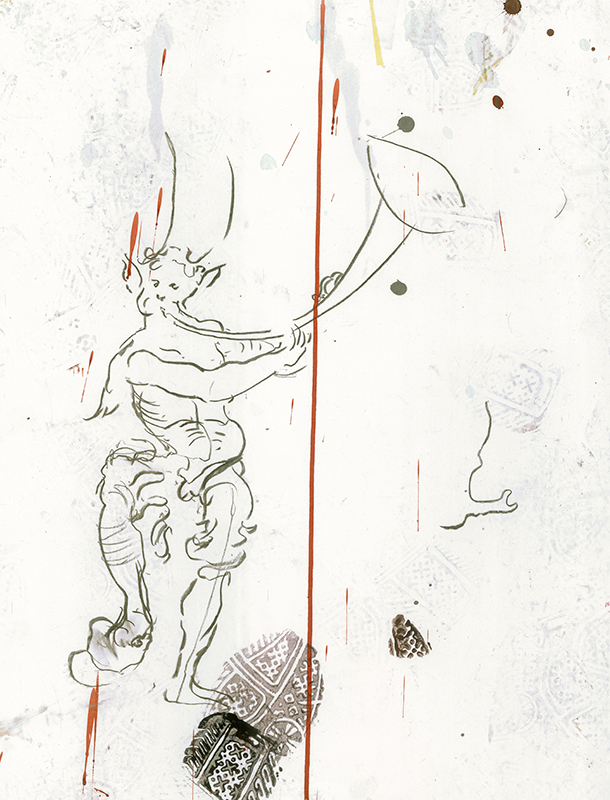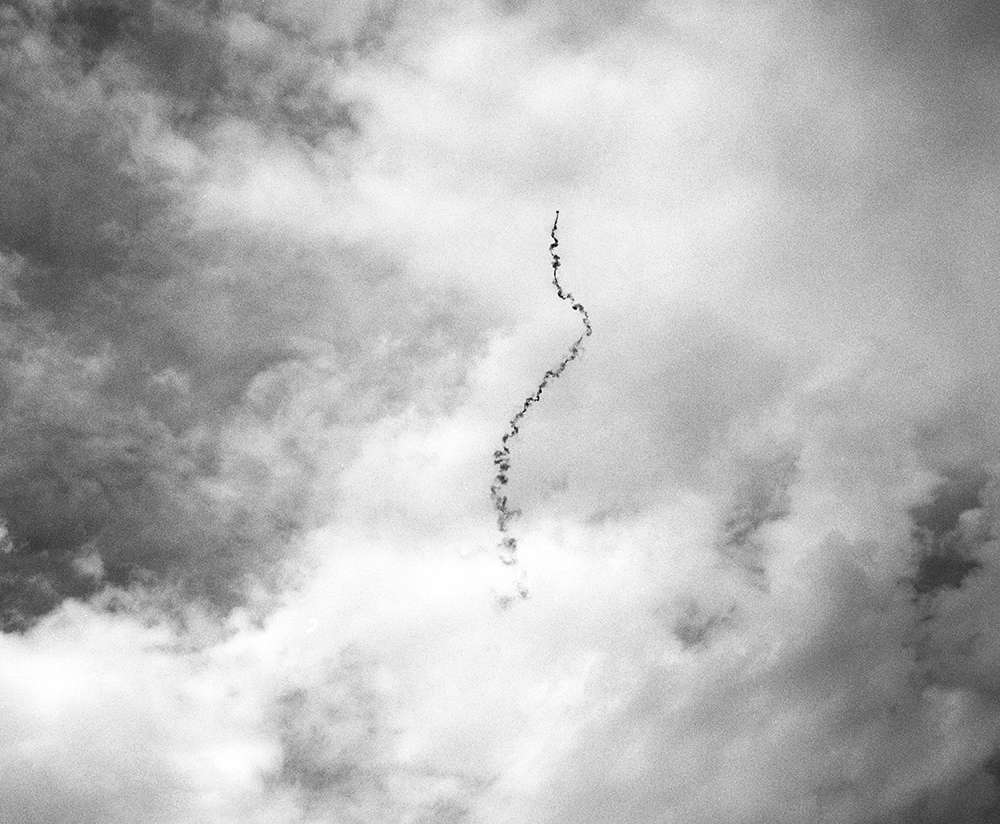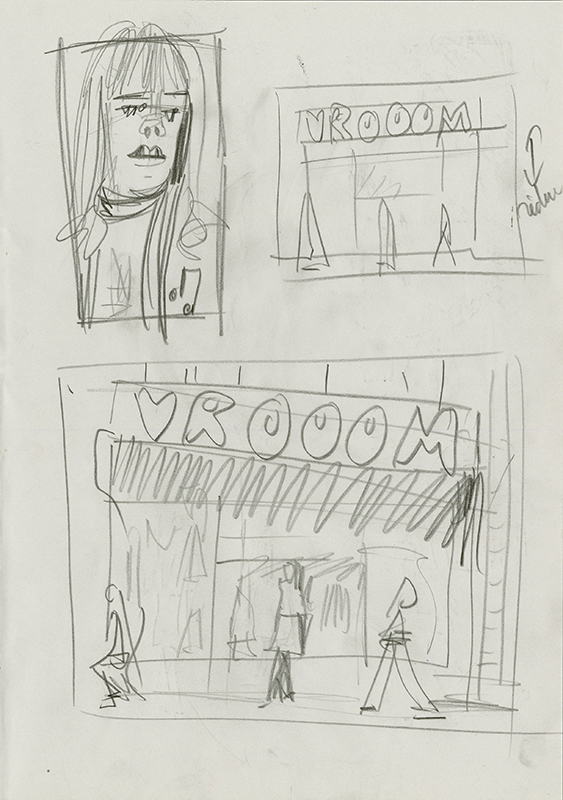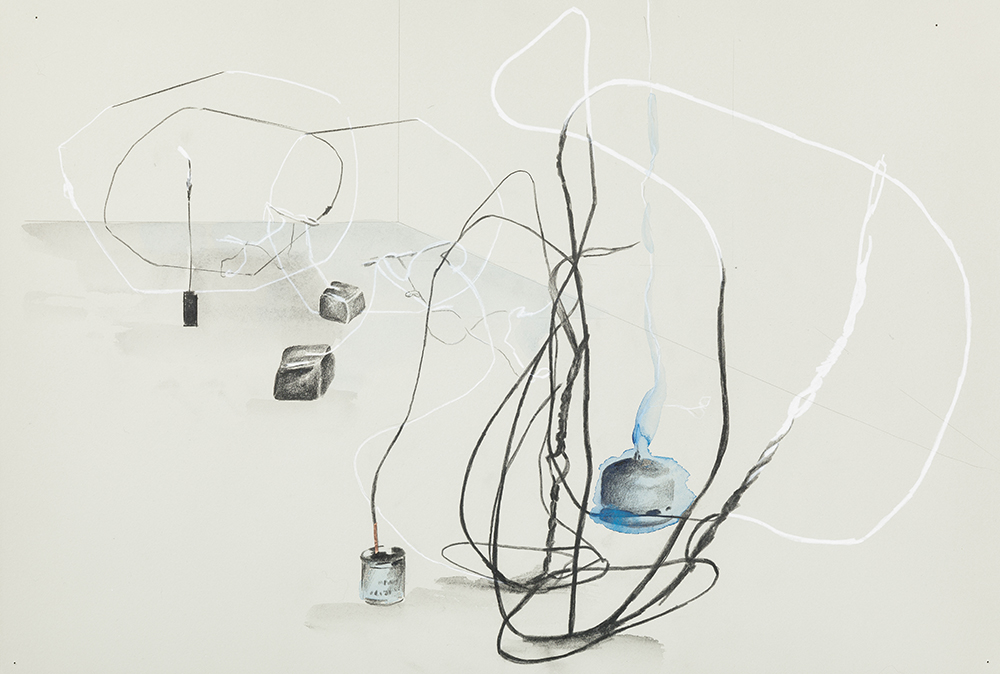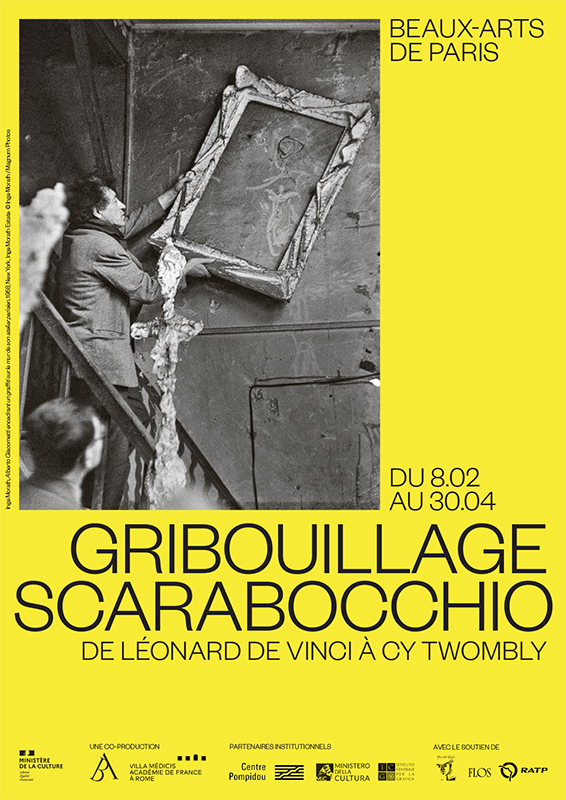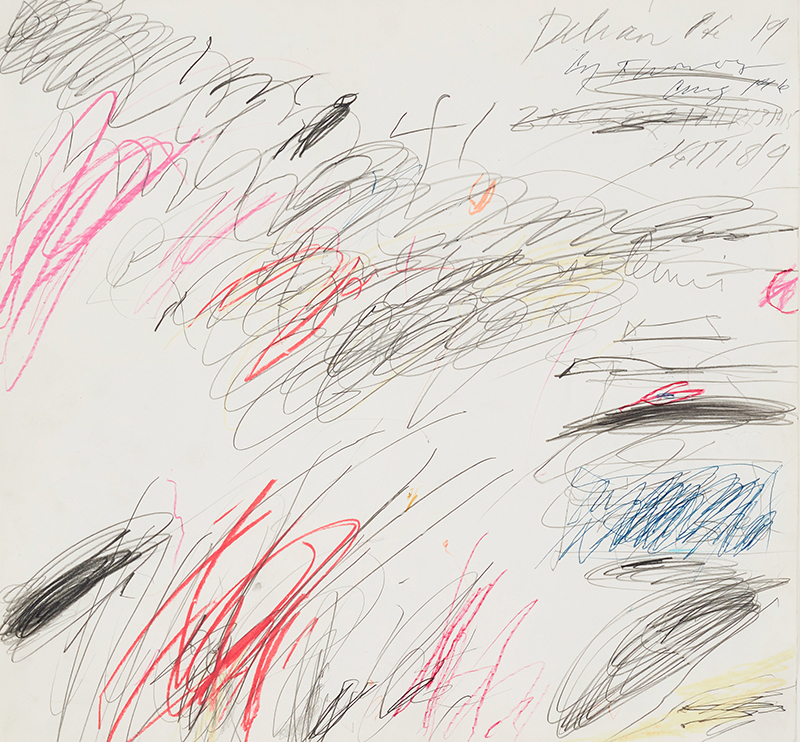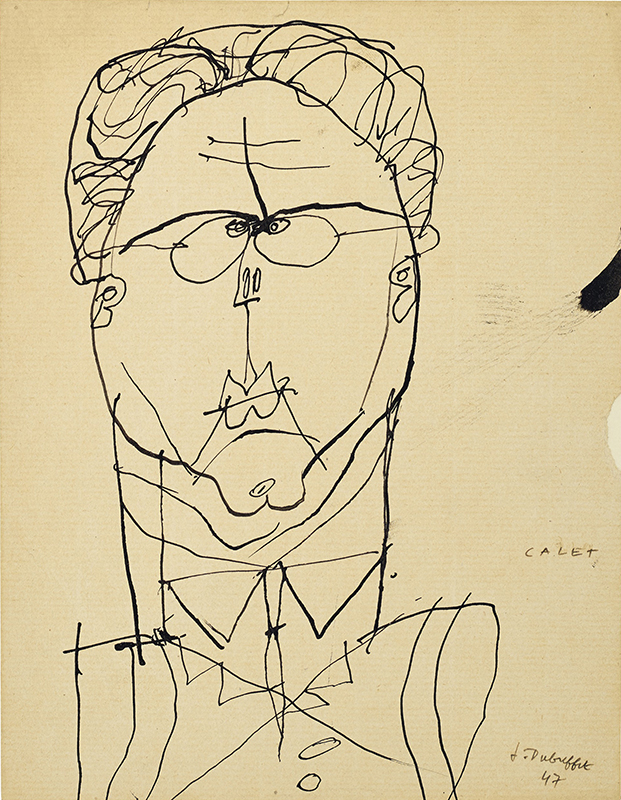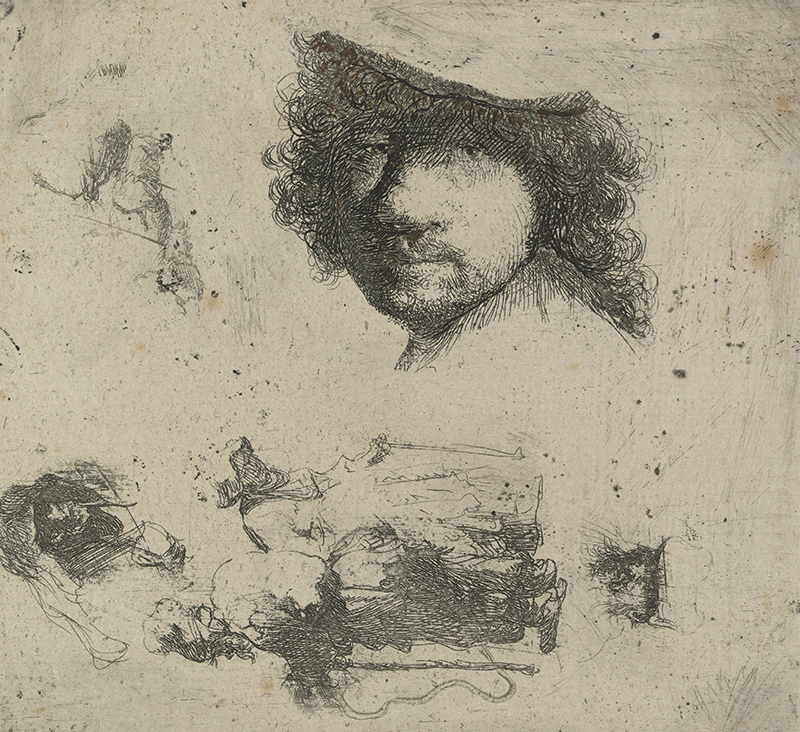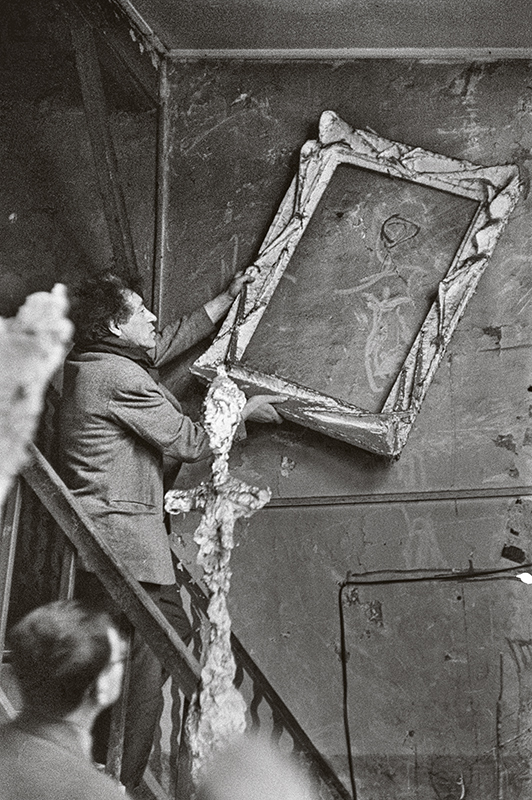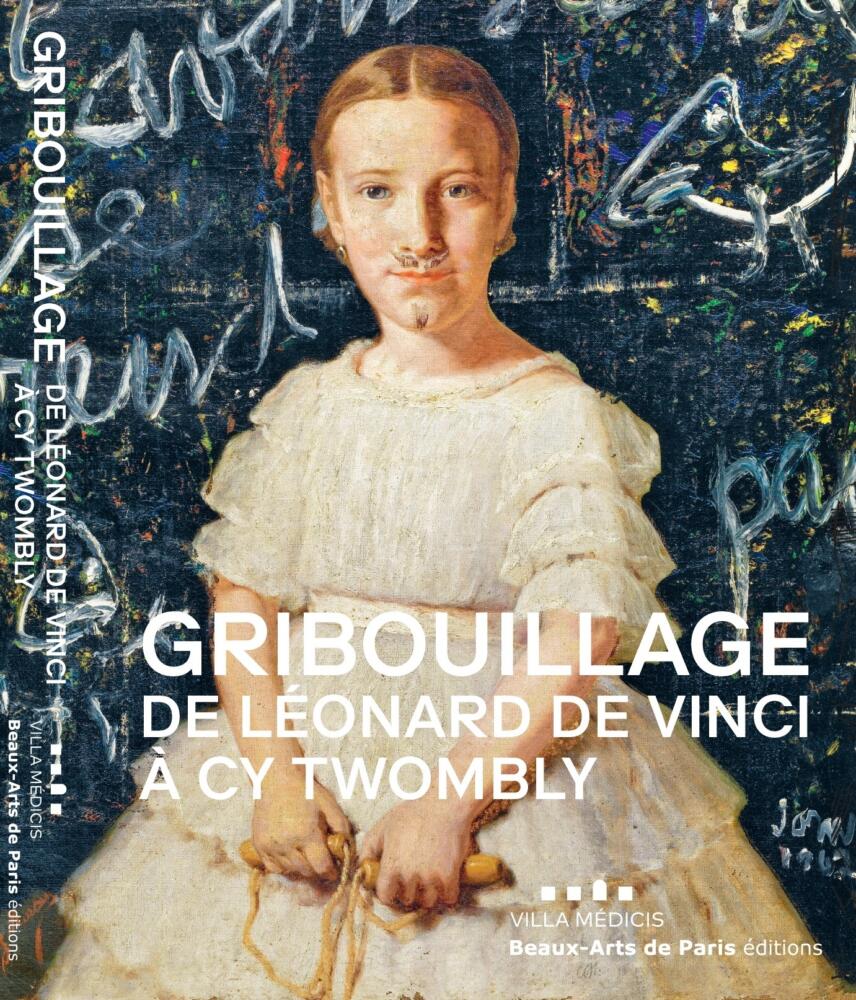Des lignes de désir presents the twenty-eight artists who graduated from the Beaux-Arts de Paris with a Diplôme National Supérieur d'Arts Plastiques and a Congratulations from the Jury in 2023.
The exhibition, curated by Emilie Villez, reflects the diversity of the artistic proposals that have emerged from the School. Paintings, sculptures, installations and videos coexist with performance and publishing practices, presented through a weekly programme.
Lines of desire, also known as paths of free will, are gentle challenges to the system, traced out in the landscape by the erosion of humans or animals as they walk. Criticism of the excesses of modernity is a subtext for the artists presented.
Getting off the beaten track, while finding one's place in the art ecosystem: the aim of the exhibition is above all to present the public with a panorama of contemporary artistic practices, opening up avenues of resonance and reflection on art and the world today.
Events will be held every week, with details of the programme to follow on beauxartsparis.fr.
To coincide with the opening on 23 January, Rose Bourdon will be presenting an inaugural performance: DIPLÔMÉ.ES is a collective play in which five École Centrale Paris students play the first-person roles of alumni whose lives and testimonies have been collected during telephone calls over the past few months. The actors each wear an 'alloro trionfale' laurel wreath that distinguishes them from the rest of the audience, a popular symbol of the graduation rite. The testimonies are documented and archived in an edition produced by Margot Bernard.
A publication accompanies the exhibition.
Félicités 2023
Of the 96 students graduating in 2023, 28 were awarded Congratulations by the jury made up of Eva Barois de Caevel,
exhibition curator, Sébastien Gökalp, director of the Musée national de l'histoire de l'immigration, Claire Le Restif,
director of the Centre d'art contemporain d'Ivry - Le Crédac, Mélanie Matranga, artist, Elena Sorokina, curator and art historian
and art historian, Stéphane Thidet, artist, and Emilie Villez, curator.
Carl AMIARD, Raphaëlle BENZIMRA, Joséphine BERTHOU, Thomas BESSET, Rose BOURDON, Marion CHAILLOU, Béryl COULOMBIÉ, Arthur DUJOLS-LUQUET, Yanma FOFANA, Milana GABRIEL, Thibault HISS, Nina JAYASURIYA, Louis LANNE, Louise LE PAPE, Sehyoung LEE, Marc LOHNER, Amandine MASSÉ, Pierre MÉRIGOT, Elise NGUYEN QUOC, Théo PALL, Océane PILASTRE, Margot POISSON, Victor PUŠ-PERCHAUD, Valentin RANGER, Sofia SALAZAR ROSALES, Gabrielle SIMONPIETRI, Anna STELLITTANO, Antonia TIETZE
Curated by
Emilie Villez is an exhibition curator. She is interested in artistic and curatorial methodologies, the construction of institutions and their ecosystems. Her practice creates relationships between practitioners of different generations and geographies, using various media and adopting decentralisation as a method.
Director of the KADIST foundation in Paris from 2013 to 2023, she has developed a programme of solo and group exhibitions in Paris and in international partner institutions, with guest artists and curators from all regions. She has also contributed and continues to enrich the foundation's collection by acquiring works by emerging and established artists.
Catalogue
The exhibition is accompanied by the publication of a catalogue.
Forewords by Alexia Fabre and Emilie Villez.
Interviews with each of the artists by art critics Marjorie Bertin, Aurore Forray, Henri Guette, Emmanuelle Luciani, Camille Paulhan and Anne-Laure Péressin, with 4 pages devoted to each Félicité-e.
Programme around the exhibition
Press coverage
Les Inrocks "28 young artists weave their web at the Beaux-Arts de Paris"
Libération "Félicités 2023": graduates of the Beaux-Arts de Paris show off their fine designs"
Beaux Arts Mag 5 Paris Beaux-Arts graduates who blew us away
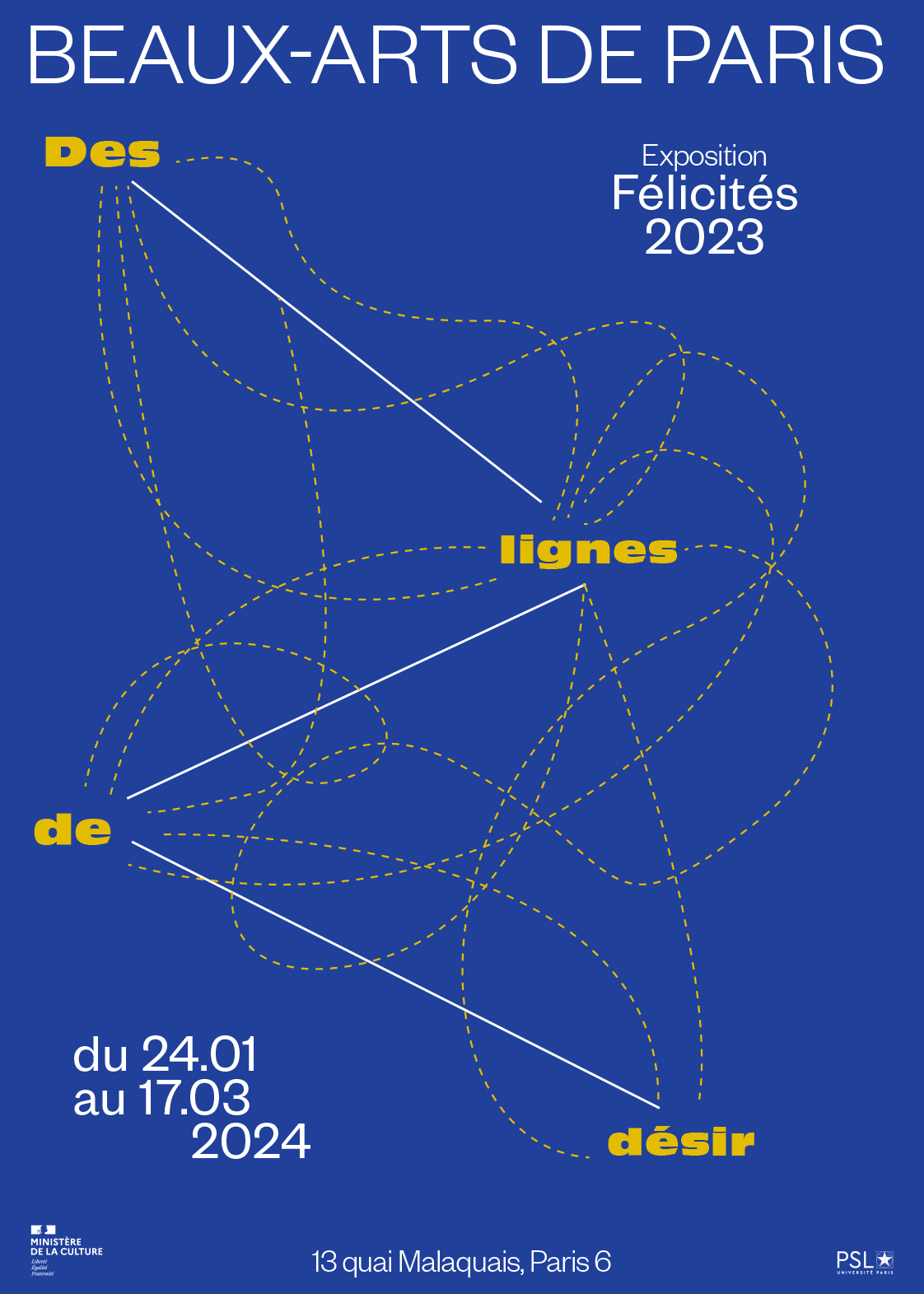
Affiche - Des lignes de désir - Exposition Félicités 2023



